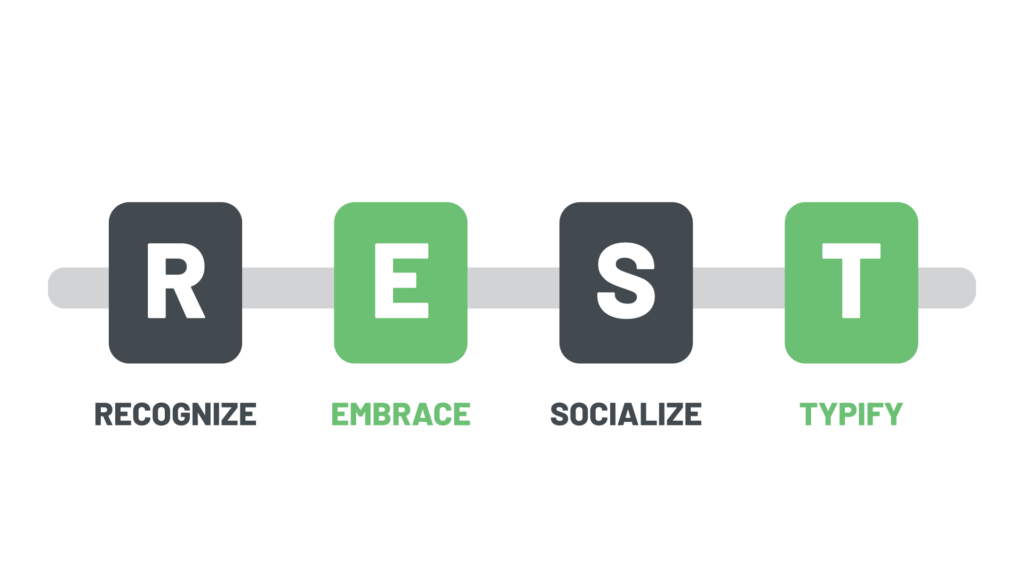As we at Sago continue to explore and decode the concept of disruption, we often think about what people really need to embrace change. Viewing disruption through the lens of the Five Ripples, which are small, manageable, incremental adjustments, we know that disruption built on familiar foundations can grow and expand more effectively than larger, sudden changes.
Still, change can be stressful, no matter how small. So let’s think about what kind of additional power people will need to recognize, embrace, and ultimately encourage disruption as a new permanent state – to discard the ways they’re accustomed to doing things in favor of new ways of doing things.
Just as a car’s transmission responds to the driver through the gas pedal, first with acceleration before shifting to the next gear, so too should we think about a person’s adoption of change. Apply gas before shifting. Give a person enough autonomy to control the speed of adoption. It’s similar to the “yes, and” improvisational technique. We call this the “R.E.S.T.” strategy of adoption.

Recognize
This step of the strategy assumes the adoptee must believe the disruption is relevant to self. The disruptor should surround the disruption with familiar and comforting ideas, often the same stimuli that led to loyalty or preference. Netflix’s early strategy to convert their DVD-by-mail subscribers by shifting abruptly to a streaming model in pursuit of a larger market so traumatized their loyal customers that Netflix slowed the transition to accommodate customer needs and stave off a plummeting stock price. Many Sago clients approach us at this stage, as they consider the wisdom, timing, and critical steps of market expansion or brand extension.
Embrace
For people to readily embrace something new, they must feel as if they have choices in how to insert that change into their lives. This will help reduce the stress of change. Present the disruption as one of at least two other options, and be sure to include the original in the mix. This step is a good time to contrast the disruption as being more desirable than the old. Ask the market to engage so they’ll feel more comfortable thinking about the change. Invite feedback and be transparent with the pace of change to keep the market alert for the next step. Netflix struggled with this step, too, when the company tried to distance the “Netflix” brand from its original subscription service by parking its DVD library under the “Qwikster” brand.
Socialize
This step of the R.E.S.T. approach aims to get the market to believe the disruption is relevant to others. Acknowledge and reward those who engage early, establish a dialogue they can share with others, and consider incentives within the frame of the new disruption. These “ground floor” benefits are evident throughout social media, where likes and follows are gained by the early few, then leveraged across the platform to attract new accounts, broaden the conversation, and reward high-volume socializers with ad revenue.
Typify
This stage of R.E.S.T. is about leaving the old way behind and shifting into that last gear. By this stage, people should have experienced the change at least once, although the exposure to the change varies widely from one industry to the next. As a rule of thumb, the greater the frequency of interaction before the disruption, the more trial interactions should occur. This seems counterintuitive at first, that trial of a new brand extension for an everyday item such as toothpaste would necessitate a more trial-heavy adoption cycle than with a product or experience the market interacts with less frequently. But typifying aligns with entrenched behaviors, which are built on well-known experiences. Consider once more the social media model, where monetary gains may be pleasant surprises at first, with increasing management and control by the more enterprising influencers.
Disruption can sometimes feel like more than a ripple. The objective of the R.E.S.T. approach can help mitigate these feelings and bring further peace through transitions.










 4 Minutes
4 Minutes 












